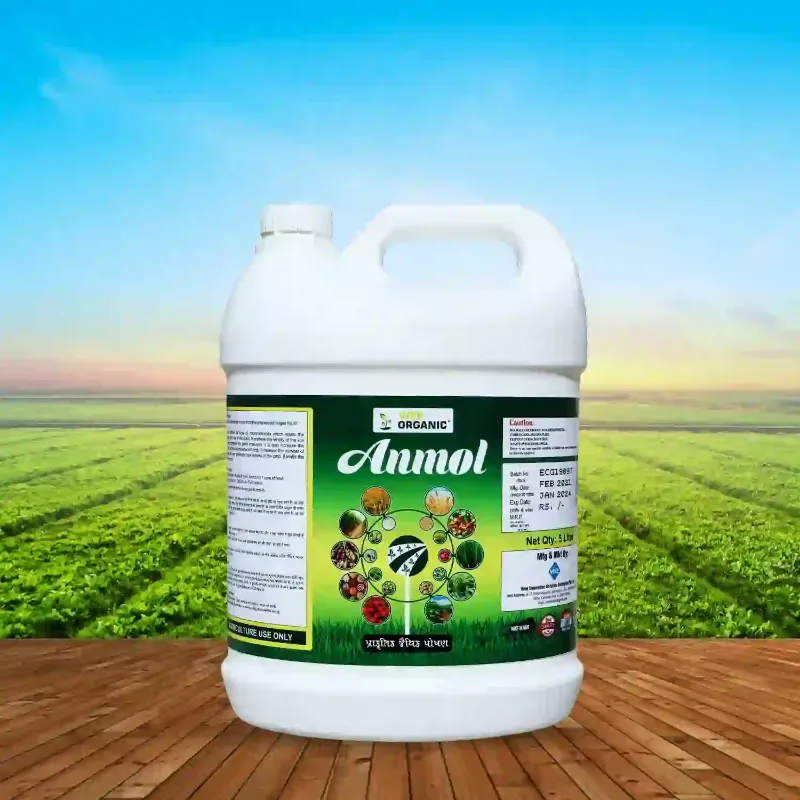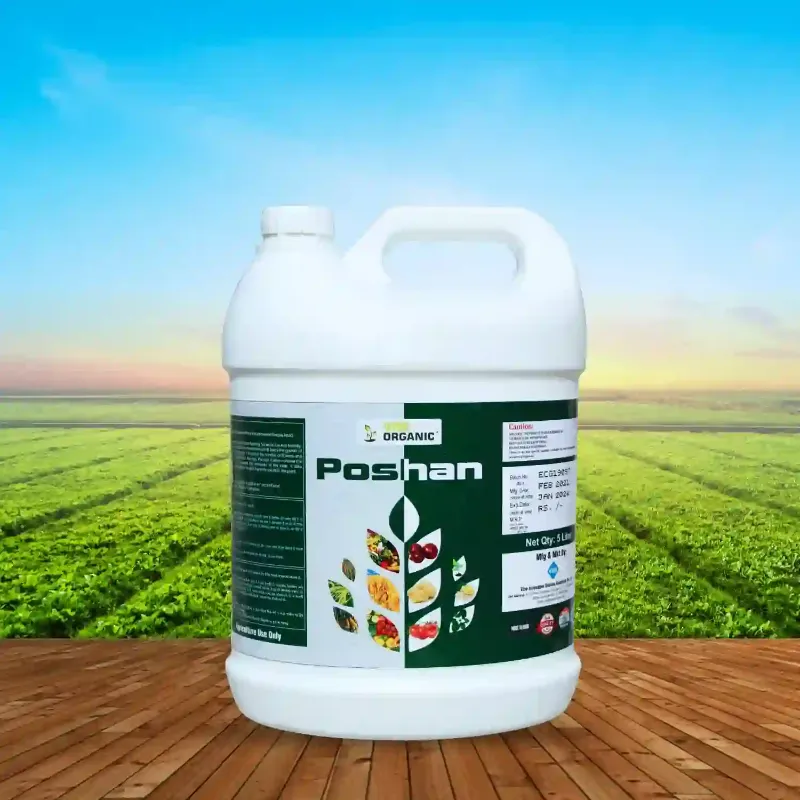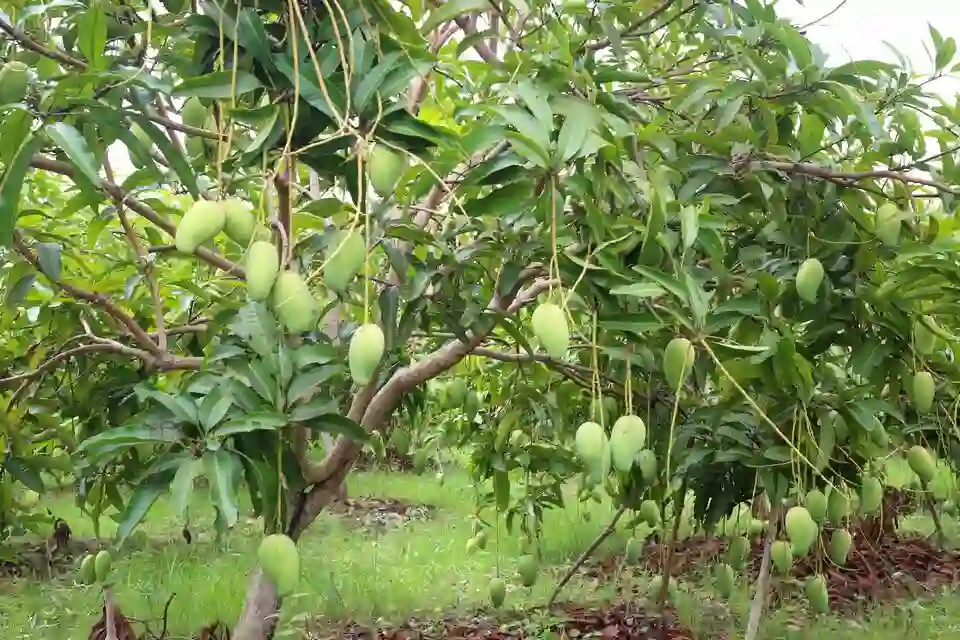Imagine stepping into your garden at any time of year and being greeted by a bounty of fresh produce and vibrant blooms. With a well-planned seasonal planting schedule, you can enjoy a continuous harvest throughout the year, providing you with an abundance of fresh fruits, vegetables, and flowers no matter the season. In this blog post, we will delve into the art of creating a seasonal planting schedule, offering tips and strategies to ensure your garden remains productive and thriving year-round.
Assess Your Climate and Growing Conditions
– Understand your local climate, frost dates, and growing season length to determine the best times for planting different crops.
– Consider factors such as temperature fluctuations, sunlight exposure, and soil conditions to tailor your planting schedule to suit your garden’s unique microclimate.
Plan Your Garden Layout
– Divide your garden into separate planting areas or beds, each designated for specific crops or plant families.
– Consider factors like plant height, growth habits, and spacing requirements when arranging plants to maximize sunlight exposure and airflow.
Select Suitable Crops for Each Season
– Research and select a variety of crops that thrive in each season, including cool-season vegetables for spring and fall, warm-season crops for summer, and cold-hardy plants for winter.
– Choose crops with staggered maturity dates to ensure a continuous harvest throughout the year, avoiding periods of abundance followed by scarcity.
Create a Planting Calendar
– Develop a planting calendar or schedule that outlines when to sow seeds, transplant seedlings, and harvest crops for each season.
– Consult local gardening resources, as well as seed catalogs and online planting guides, for specific recommendations and planting dates tailored to your region.
Implement Succession Planting
– Practice succession planting to maximize space and extend your harvest window by planting new crops as soon as previous ones are harvested.
– Stagger plantings of fast-maturing crops like lettuce, radishes, and beans; therefore, ensure a continuous supply of fresh produce throughout the growing season.
Utilize Season Extenders
– Incorporate season-extending techniques such as cold frames, row covers, and hoop houses to protect plants from frost and extend the growing season.
– Extend the harvest of warm-season crops like tomatoes and peppers by using season extenders to provide additional warmth and protection during cooler weather.
Rotate Crops to Prevent Depletion
– Practice crop rotation to prevent soil depletion and minimize pest and disease pressure by alternating plant families in each planting area or bed.
– Rotate crops on a seasonal basis, following a three- or four-year rotation cycle to maintain soil fertility and balance nutrient levels.
Consider Companion Planting
– Explore companion planting techniques to enhance plant health, deter pests, and improve pollination by interplanting compatible crops with complementary growth habits and benefits.
– Plant beneficial companion crops like marigolds, basil, and nasturtiums alongside vegetables to attract pollinators and beneficial insects while repelling pests.
Monitor and Adjust Your Schedule
– Regularly monitor your garden’s progress and adjust your planting schedule as needed based on weather conditions, pest activity, and plant performance.
– Keep a gardening journal or calendar in order to track planting dates, harvest yields, and any observations or notes for future reference and planning.
Embrace Experimentation and Learning
– Don’t be afraid to experiment with new crops, varieties, and planting techniques to expand your gardening knowledge and skills.
– Learn from both successes and failures, and use your experiences to refine and improve your seasonal planting schedule over time.
Conclusion
Creating a seasonal planting schedule is the key to ensuring a continuous harvest and maximizing the productivity of your garden year-round. By assessing your climate and growing conditions, planning your garden layout, selecting suitable crops for each season, creating a planting calendar, implementing succession planting, utilizing season extenders, rotating crops, considering companion planting, monitoring and adjusting your schedule, and embracing experimentation and learning, you can create a thriving and bountiful garden that provides fresh produce and blooms throughout the year. With careful planning and attention to detail, you’ll be able to enjoy a year-round harvest and reap the rewards of your gardening efforts season after season.






















